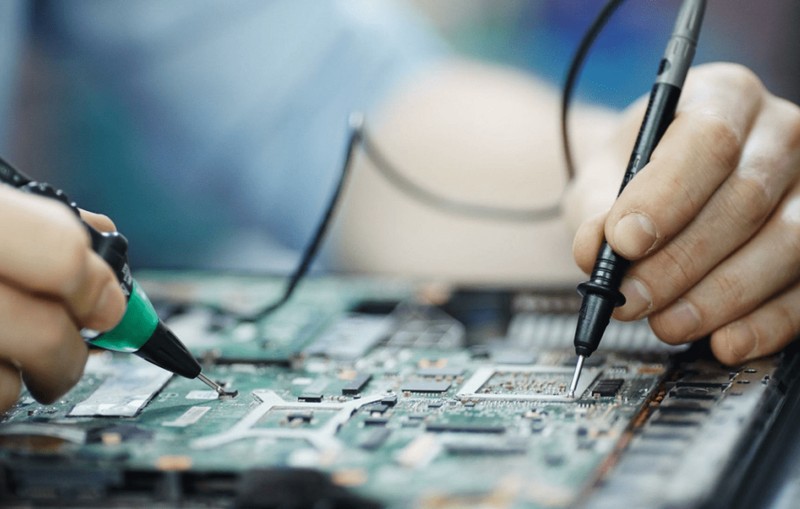In the era of digitalization, electronic devices have become an integral part of our lives. Whether it's for work, entertainment, or staying connected with loved ones, we rely on these devices daily. This reliance doesn't stop when we step onto a plane. However, not all electronic devices are allowed in the cabin due to safety and security reasons. This blog post aims to provide a comprehensive guide on what electronic devices you can take on a plane, ensuring you stay informed and prepared for your next flight.
- Laptops and Tablets
Laptops and tablets are generally allowed on planes. However, they must be removed from carry-on bags and placed in a separate bin during security checks. It's also important to note that these devices must be turned off or set to airplane mode during takeoff and landing.
- Mobile Phones
Mobile phones are allowed on planes but must be switched to airplane mode for the duration of the flight. This is to prevent interference with the aircraft's navigation and communication systems. Some airlines now offer in-flight Wi-Fi, allowing passengers to use their phones for internet browsing and messaging.
- E-Readers
E-readers like Kindle are allowed on planes and are a great way to keep yourself entertained during long flights. Just like other electronic devices, they must be switched to airplane mode during the flight.
- Portable Chargers
Portable chargers or power banks are allowed on planes, but they must be carried in your hand luggage. They are not allowed in checked luggage due to the risk of them causing a fire in the cargo hold.
- Headphones
Wired headphones are generally allowed on planes. However, the use of Bluetooth headphones may vary depending on the airline's policy. It's best to check with your airline before your flight.
- Medical Devices
Essential medical devices like CPAP machines for sleep apnea, insulin pumps, and nebulizers are allowed on planes. However, it's recommended to inform the airline in advance and provide necessary medical documentation.
- Cameras
Digital cameras and video cameras are allowed on planes. However, certain accessories like large lenses or tripods may need to be checked in.
It's important to note that the rules and regulations regarding electronic devices on planes can vary between airlines and countries. Therefore, it's always best to check with your airline or the relevant aviation authority before your flight. Also, remember that all electronic devices should be charged and capable of being powered up during security checks.
In conclusion, while we are allowed to bring a wide range of electronic devices on planes, we must adhere to specific guidelines to ensure the safety and comfort of all passengers. By staying informed and prepared, we can enjoy a hassle-free journey with our favorite gadgets by our side.

